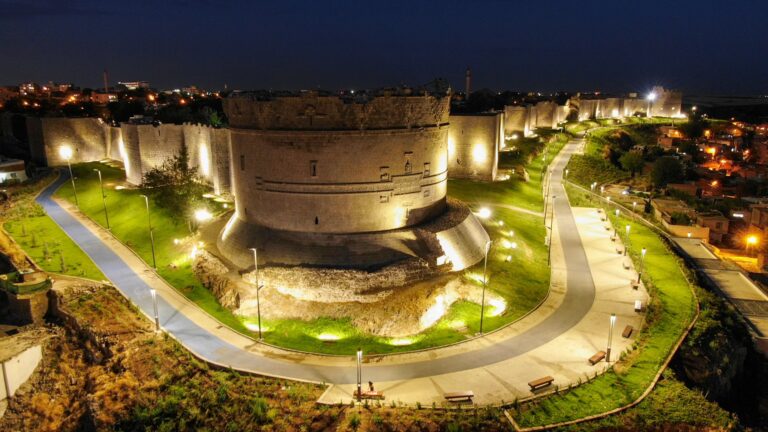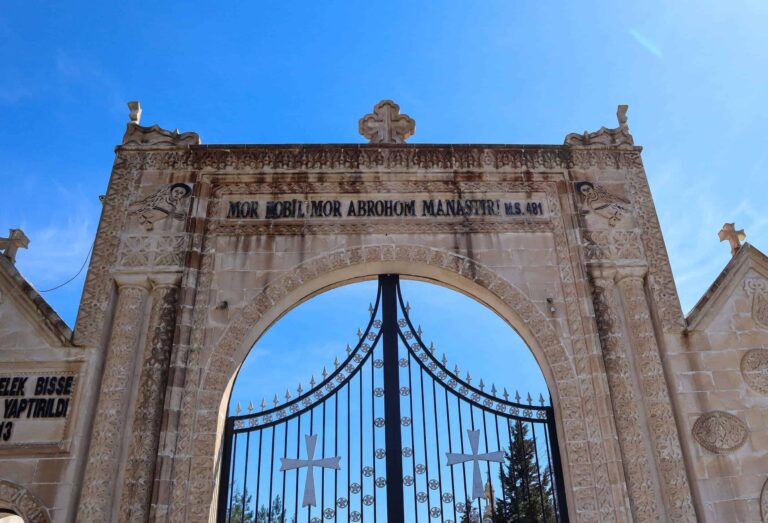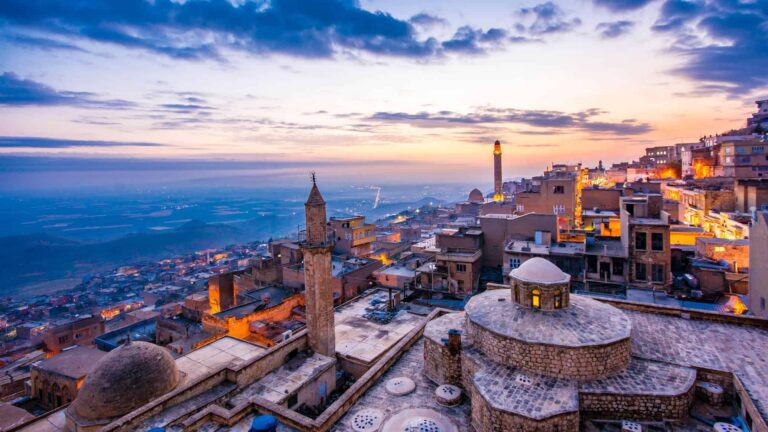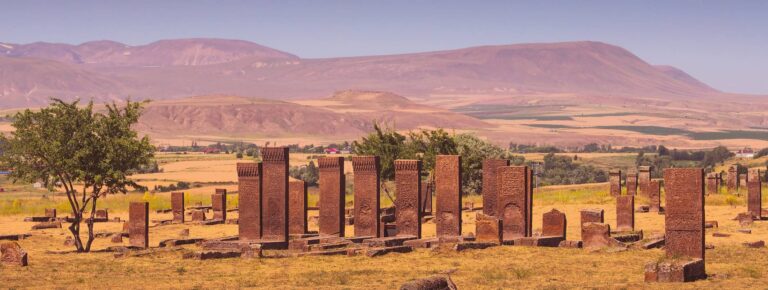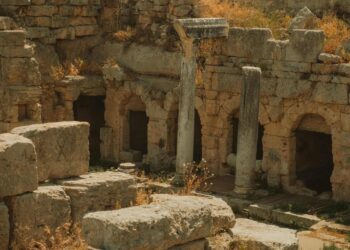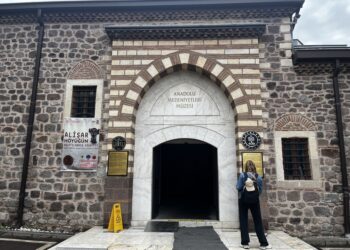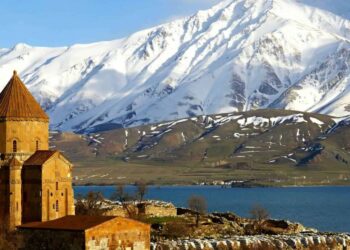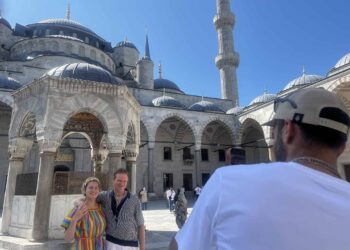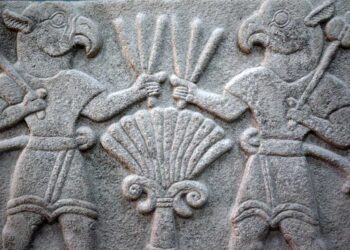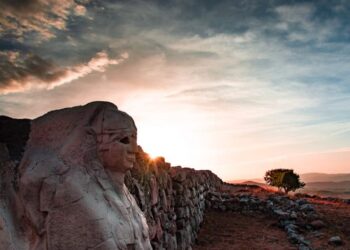Ani, located on Turkey’s eastern border, is a remarkable archaeological site that carries the traces of Armenian heritage. Once a thriving center of trade and culture, it now stands in silence, reminding visitors of both its former glory and its eventual decline.
Table of Contents
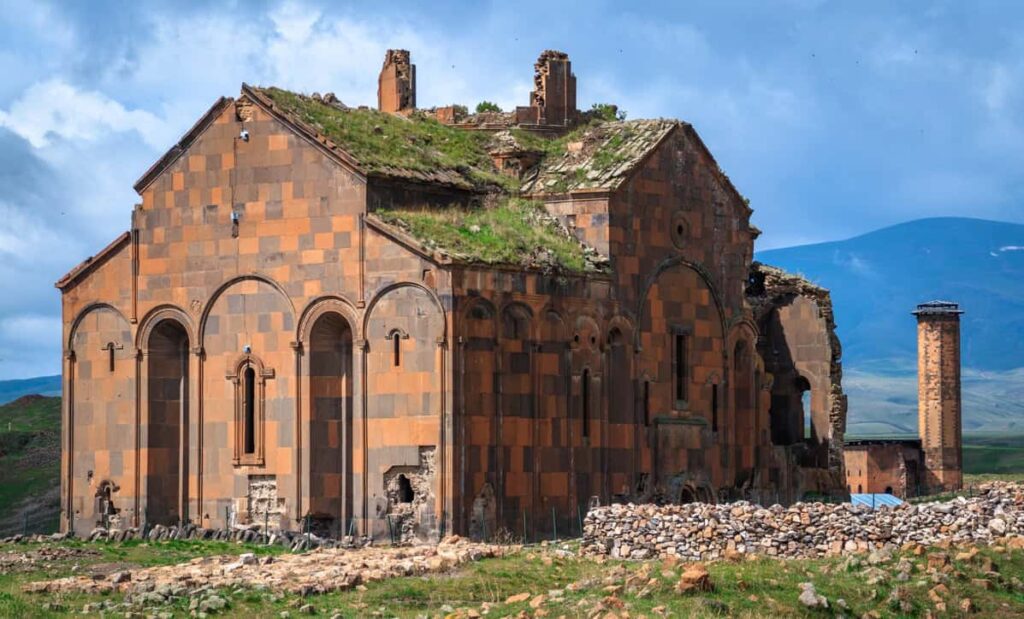
The Rise and Fall of Ani
Ani was founded by the Bagratid Armenians in the 9th century and reached its peak in the 10th and 11th centuries as their capital. At its height, it rivaled cities like Constantinople, Cairo, and Baghdad in wealth and cultural significance. Known as the “City of 1001 Churches,” Ani was a major hub along the Silk Road, where different cultures and influences merged.
However, its fortune changed when the Seljuks captured the city in 1064. This marked the beginning of its decline, followed by Mongol invasions, earthquakes, and shifts in trade routes. By the 17th century, Ani was abandoned, left to the elements and time.
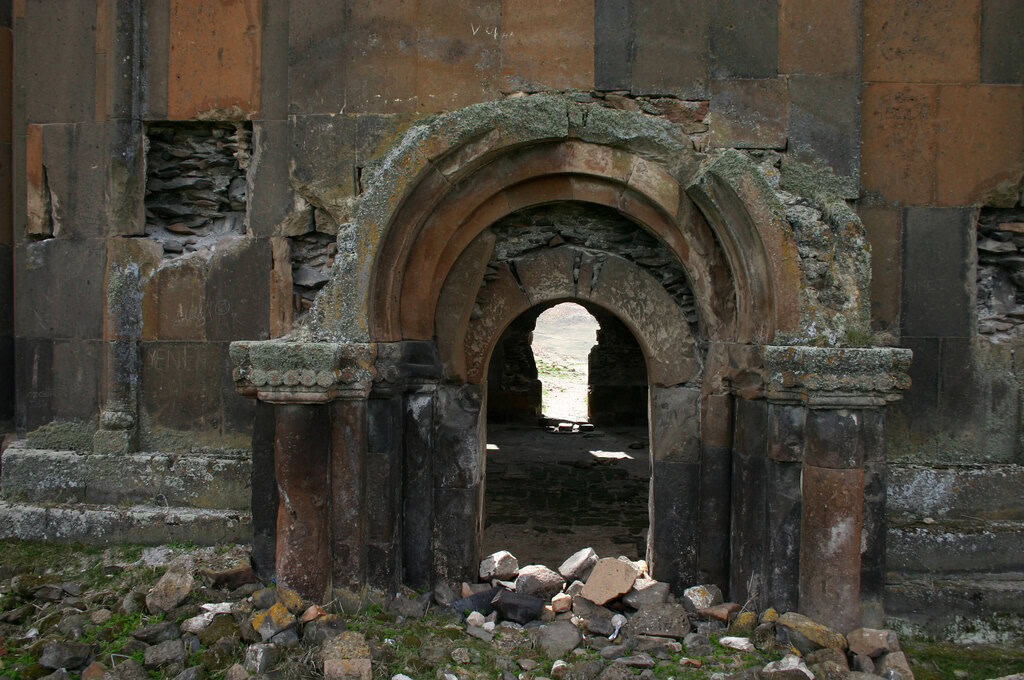
Architectural Wonders of Ani
Despite centuries of decay, Ani still holds some of the most impressive medieval structures in the world. Walking through its ruins offers a glimpse into a lost era, where each structure tells a unique story.
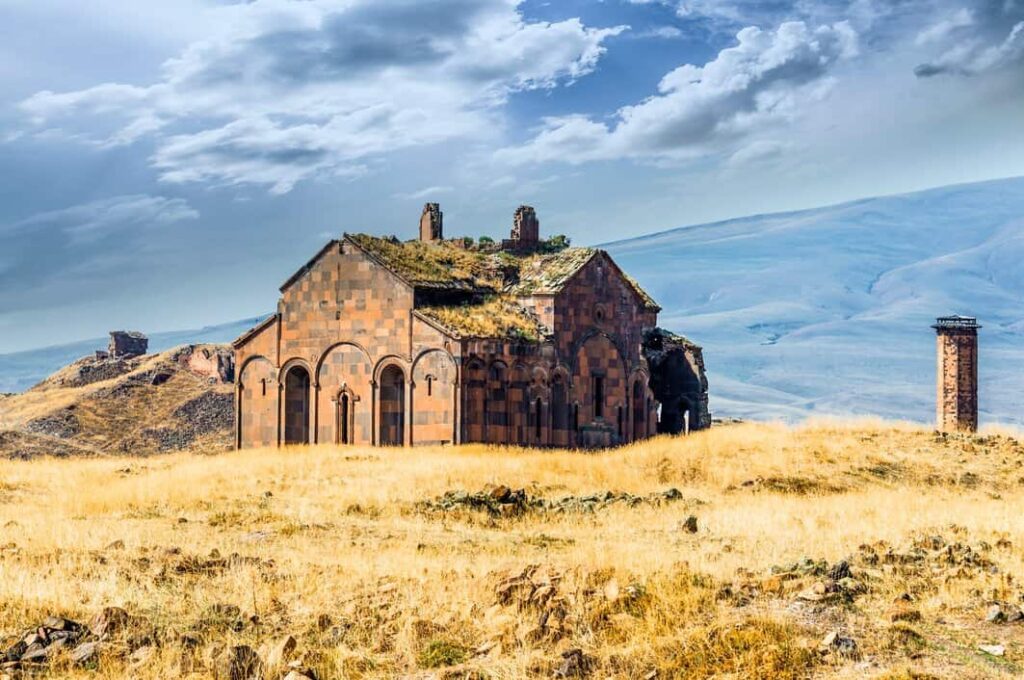
The Cathedral of Ani
Designed by the Armenian architect Trdat in the 10th century, this cathedral is an architectural masterpiece. Though its dome has collapsed, its towering walls and intricate details still reflect the city’s former grandeur.
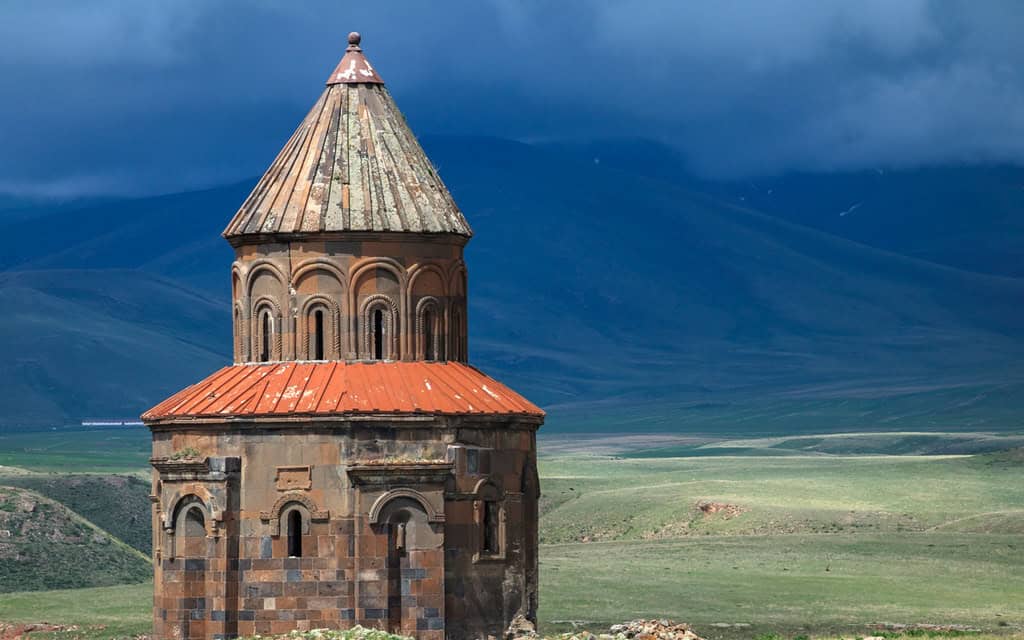
The Church of St. Gregory of Tigran Honents
Built in the 13th century, this church is one of the best-preserved structures in Ani. Its interior frescoes depict vivid biblical scenes, showcasing the artistic excellence that once thrived in the city.

The Seljuk Mosques and Islamic Influence
The Seljuk conquest of Ani in 1064 introduced Islamic architecture to the historically Armenian-Christian city, epitomized by the Menuçehr Mosque—one of Anatolia’s earliest mosques. Built soon after the conquest, it blended Islamic elements (like a minaret and Kufic inscriptions) with local Armenian traditions, using regional red basalt stone and masonry techniques.

This synthesis reflected the Seljuks’ pragmatic adaptation to Anatolia’s existing cultural landscape, merging Central Asian/Persian Islamic styles with Armenian church architecture. The mosque symbolized both Islamic authority and the city’s multicultural identity, standing amid Ani’s churches as a testament to layered coexistence. Its hybrid design influenced later Anatolian Islamic architecture, bridging the region’s Christian past with its emerging Islamic future. Today, the mosque’s ruins underscore Ani’s role as a crossroads of civilizations.

Fortifications and City Walls
Ani’s double-layered walls, with their monumental gates and intricate carvings, once made the city nearly impenetrable. Though partially ruined, they still convey the strength of this once-mighty capital.
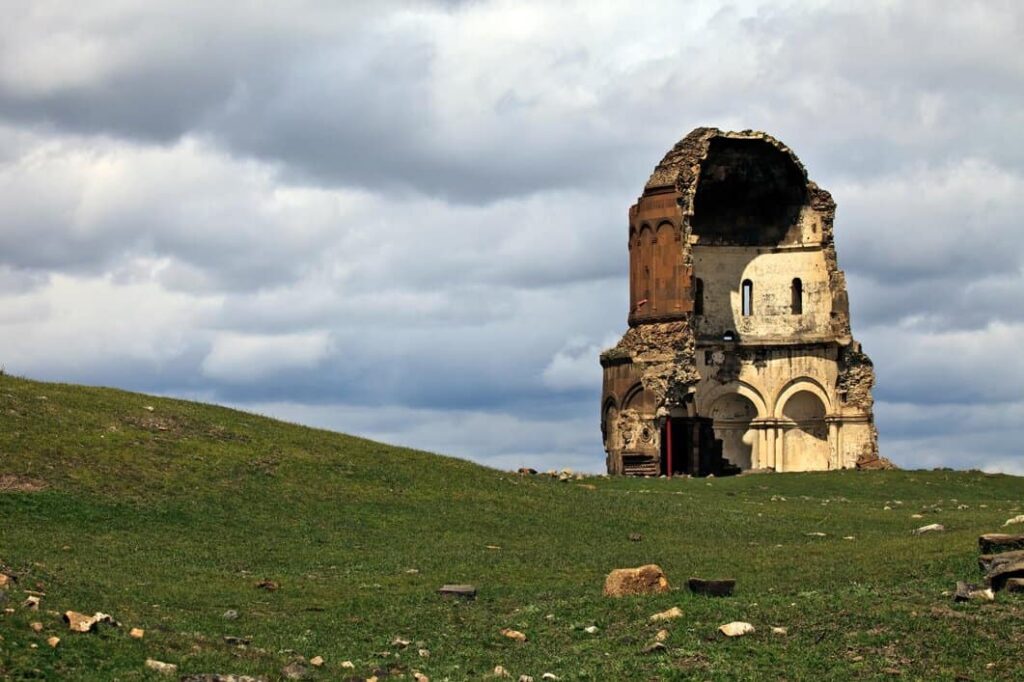
Why Ani Still Matters Today
Ani is more than just a collection of ruins. It is a cultural crossroads and a reminder of the shifting tides of history. Recognized as a UNESCO World Heritage Site, it stands as a testament to human ingenuity and resilience.
Often called the “City of 1,001 Churches,” Ani’s remaining cathedrals, churches, mosques, and city walls capture pivotal moments in medieval design and engineering.
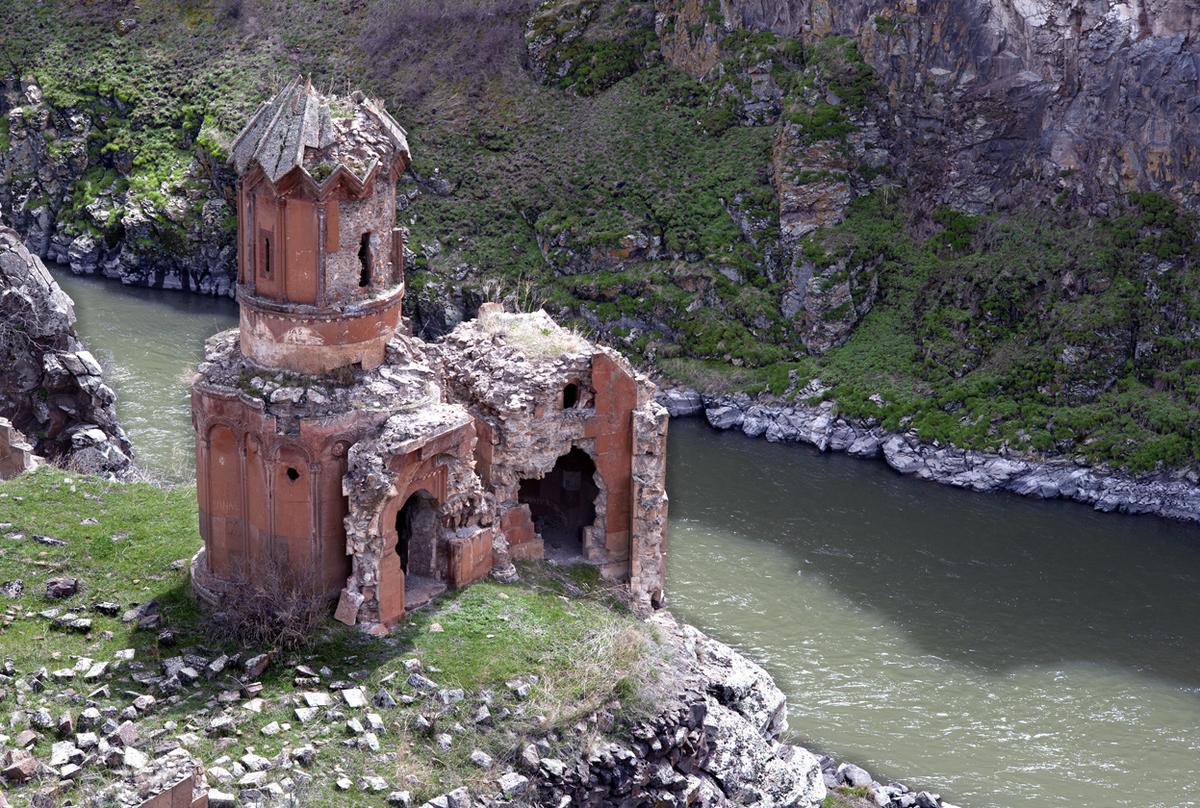
Each structure holds valuable archaeological data about the trade, religion, and urban planning of the era.
- For Armenians, Ani represents a cultural heartland and a reminder of a significant period in their history. Many view it as a tangible link to their ancestral past—one that informs both present-day identity and historical memory.
- For Turkey, Ani underscores the region’s multicultural legacy and can serve as a bridge to better understanding and appreciating the layers of civilizations that once thrived in Anatolia.
In essence, Ani is more than just a set of crumbling walls and half-intact churches. It’s a living monument to centuries of art, religion, diplomacy, and conflict—a tangible reminder that culture and history can transcend modern borders.

Its existence on the frontier between Armenia and Turkey makes it a powerful site for reflection, dialogue, and hopefully, a future marked by greater mutual understanding.
Visiting Ani: A Journey Worth Taking
The site’s austere beauty—situated against rolling borderland scenery—creates a profound sense of stepping back in time.
💰Entrance Fee: €8
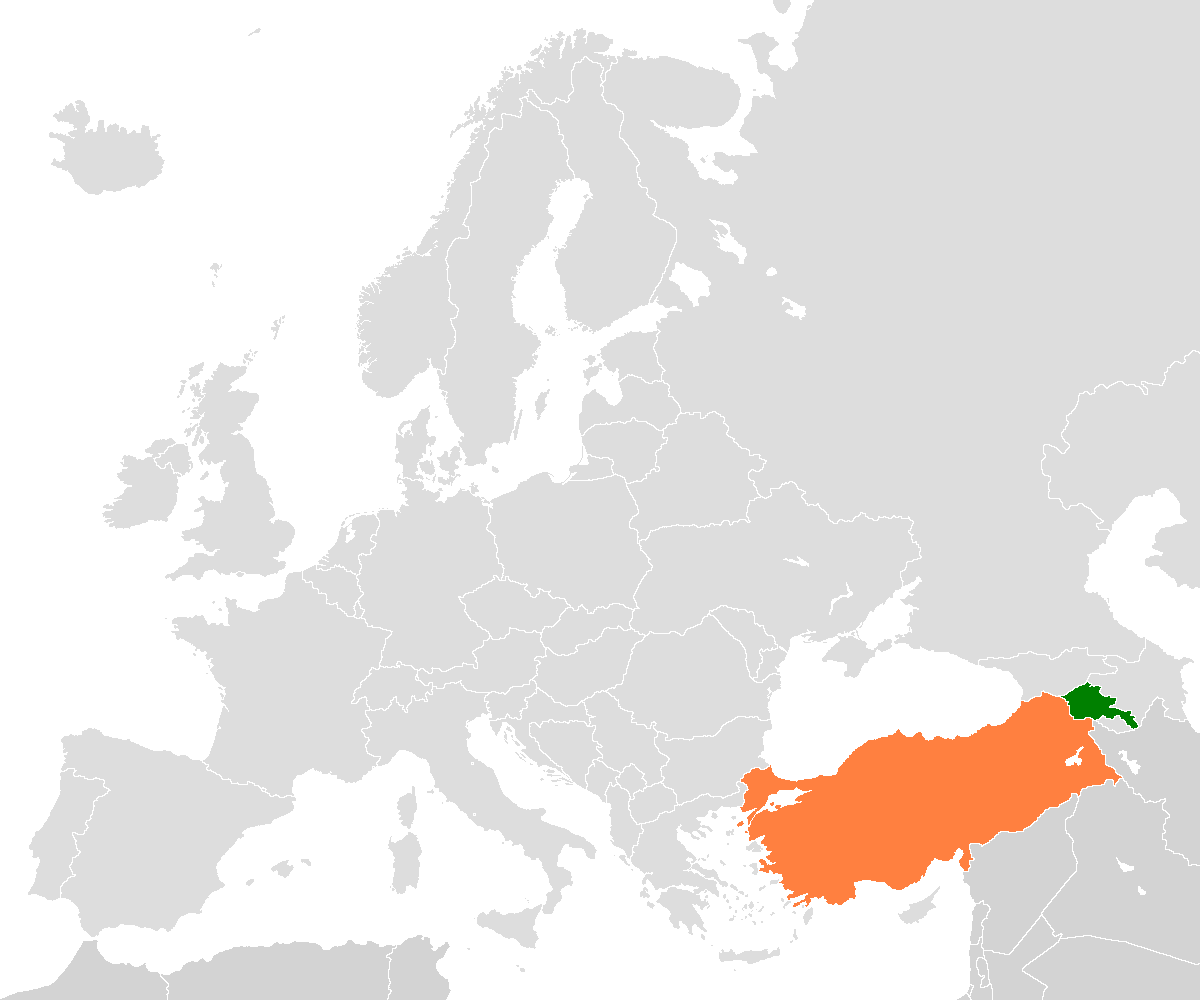
Getting There
Despite its remote location, modern travel connections via Kars make planning day trips straightforward. Bring sturdy footwear, a spirit of adventure, and a willingness to roam among the ruins to fully appreciate Ani’s grandeur and enduring mystery.
- From Kars: Ani is about 45 kilometers (28 miles) east of Kars. You can rent a car or take a taxi/minibus.
- From Istanbul/Ankara: Multiple daily flights to Kars Harakani Airport, then about a 1-hour drive to Ani.
For a deeper, hassle-free experience, book a private tour. We handle transportation, share in-depth historical insights, and tailor the trip to your interests.
A dynamic and passionate licensed tour guide whose journey through Turkey’s diverse regions and rich history has shaped an extraordinary guiding experience.
Tours and other attractions near Ani
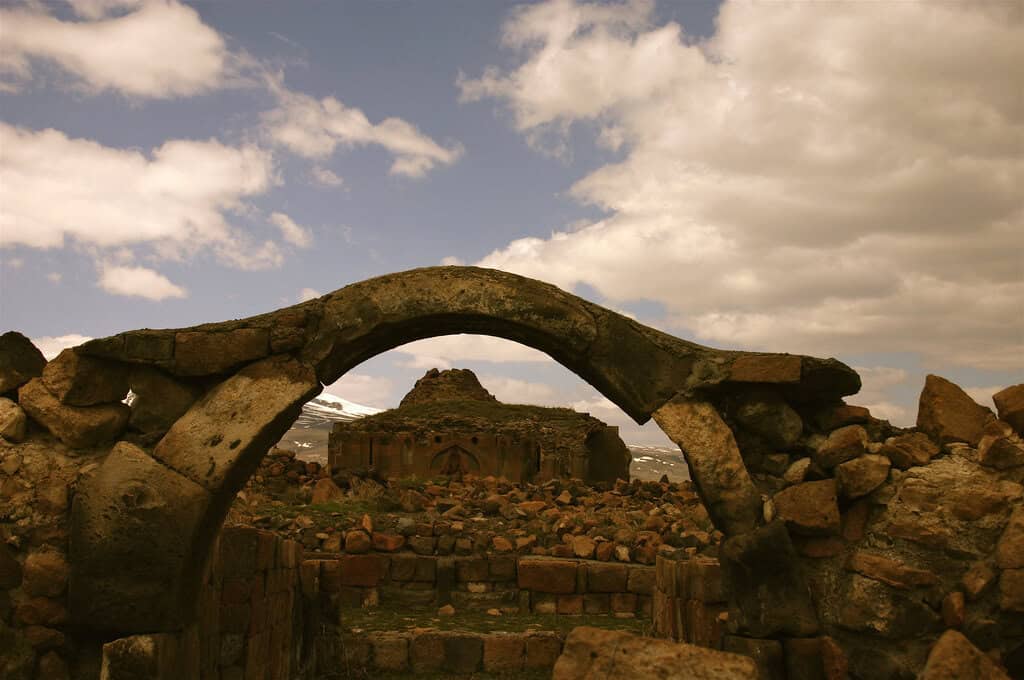
Explore With Us
At The Other Tour, we specialize in unique travel experiences to lesser-known yet historically rich destinations like Ani. We also offer private tours to other fascinating sites, including Van, Sumela, Nemrut, Cappadocia, and Safranbolu, ensuring that each trip is an unforgettable journey through time.
Get in touch today and embark on an adventure beyond the ordinary.
